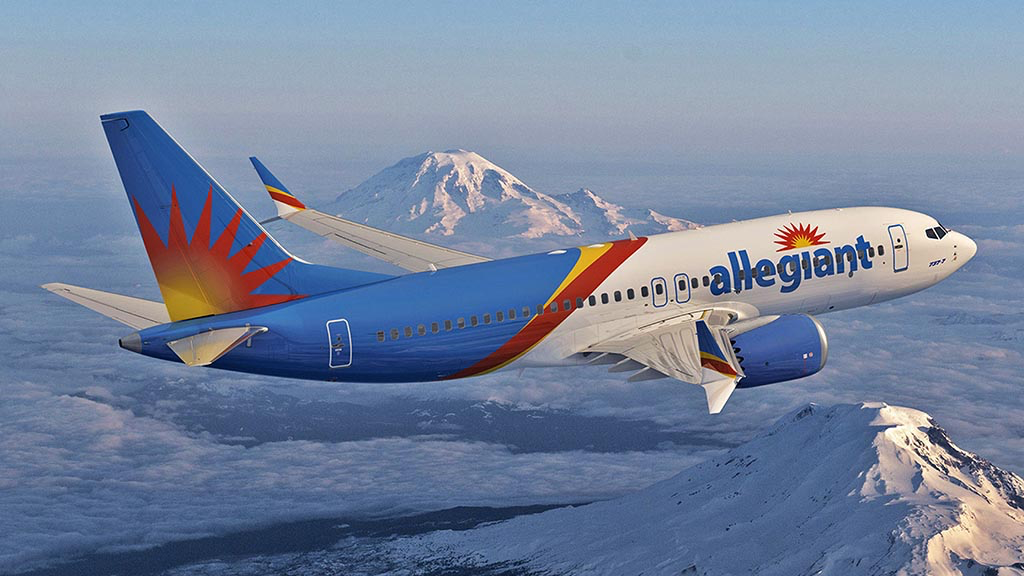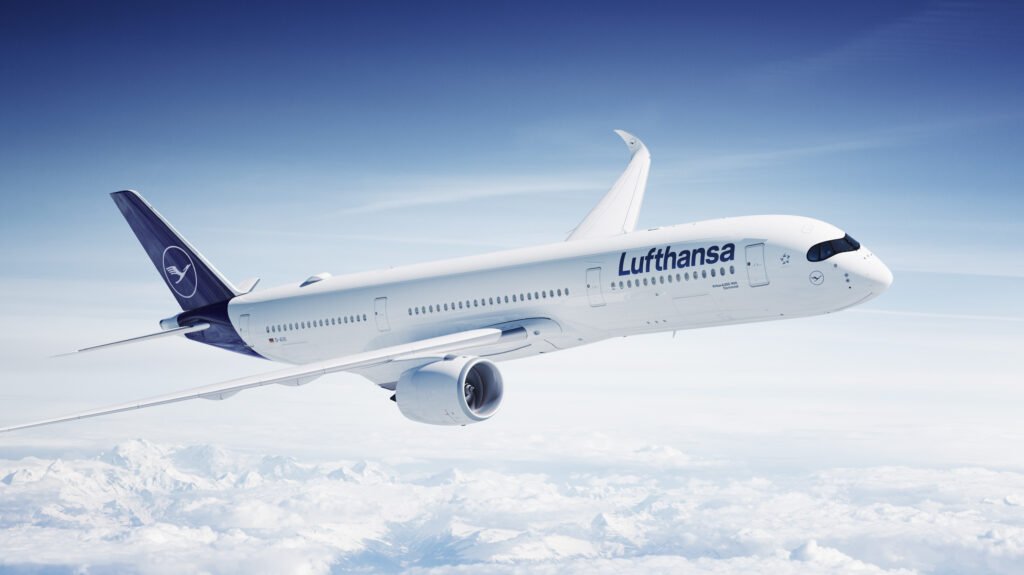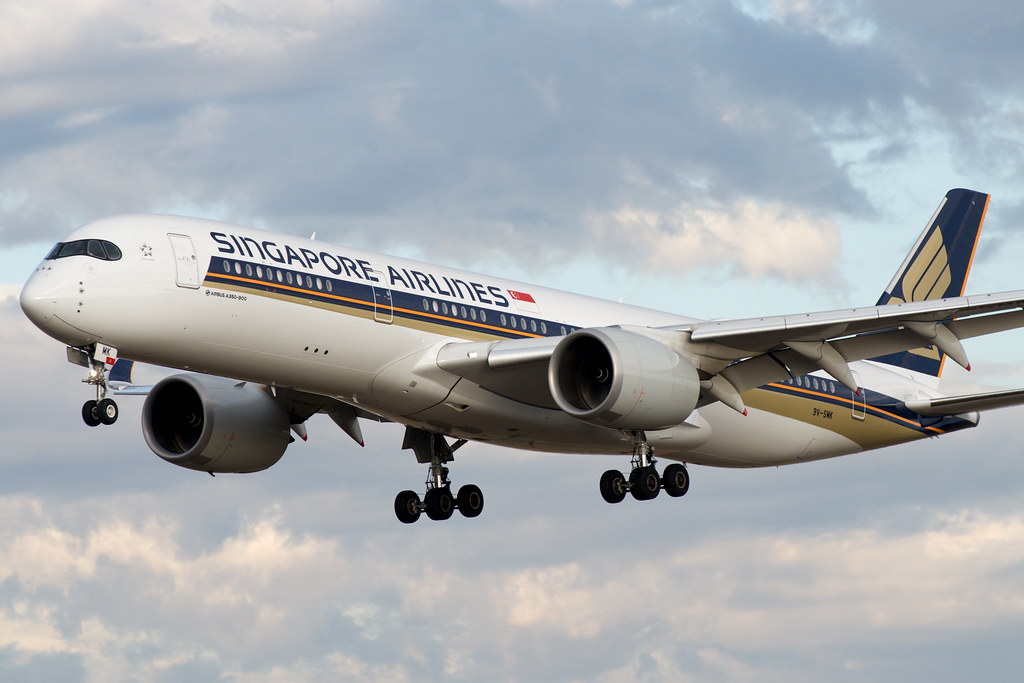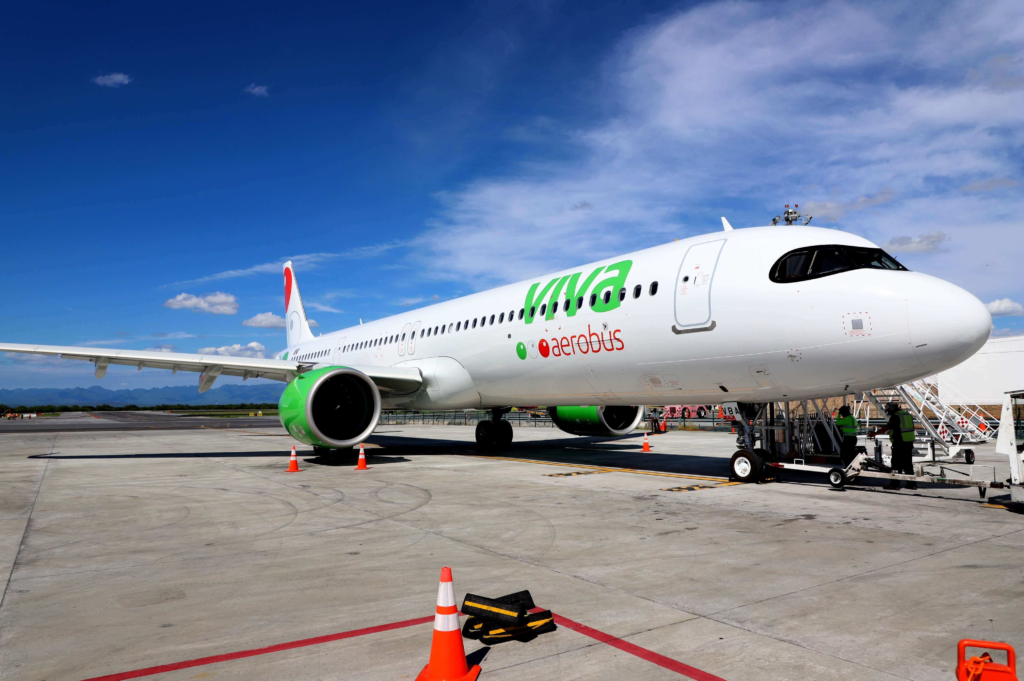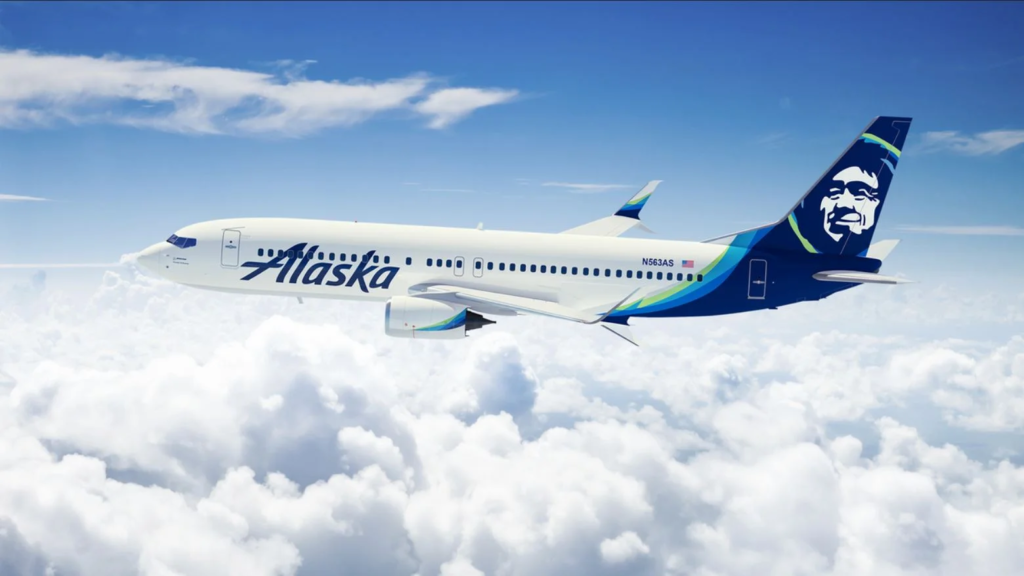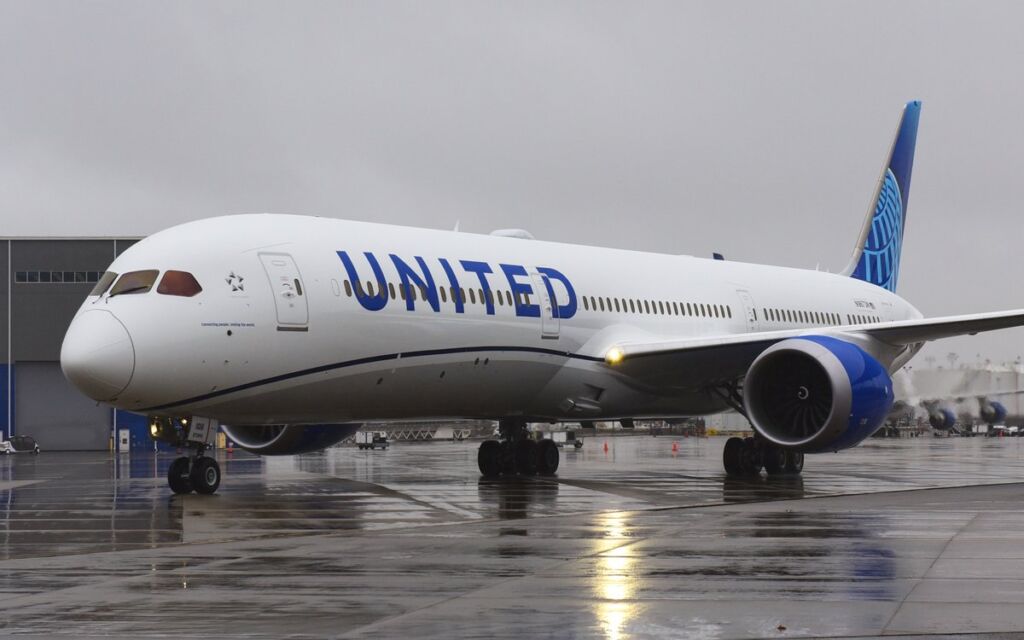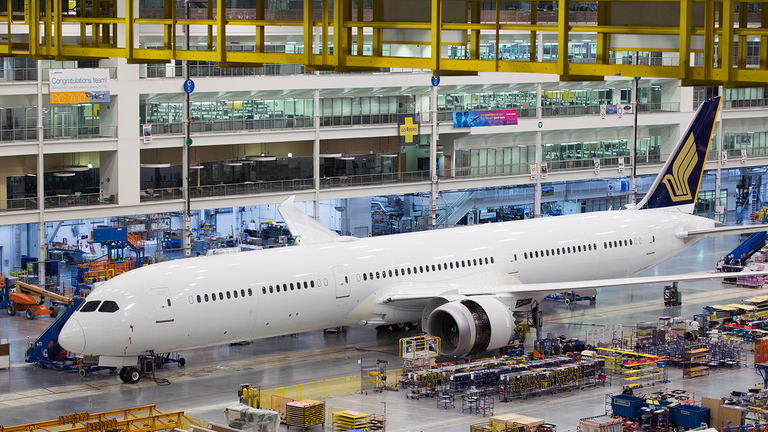Allegiant Airlines secures financing for Airbus a320 ceo and Boeing 737 MAX aircraft
Las Vegas, Nevada, October 3, 2023, PRNewswire - Allegiant Travel Company (NASDAQ: ALGT) announces financing commitments for seven Airbus A320 and four Boeing 737 MAX aircraft from BNP Paribas, Europe's leading bank, and Jackson Square…
